استكشف الحواف
Explore the Edges
If we see the rule of thirds as the default, “bread and butter” sort of composition guide, I can think of at least two ways to break that rule and distance your work from it. The first one is to use, against the advice of many photographers, central composition. It is a very natural, simple way of composing an image and generally results in a very “open”, peaceful, calm photograph. You could say it is classic. As I mentioned before, it is also one we instinctively learn first. The second way is completely opposite and perhaps much less “natural” to our eyes, yet one I adore at least as much as central composition. You see, if one naturally expects to find something of importance at the very center of a frame, the very edges of it might be the last place they’d look. And that sense of unexpectedness is perhaps the best part about it.
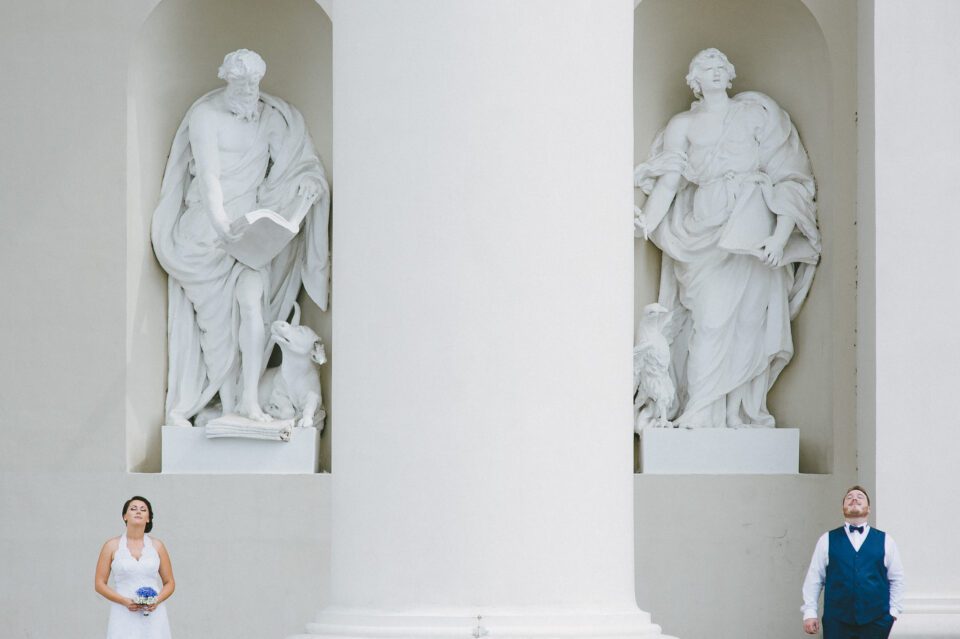 NIKON D700 + 85.0 mm f/1.4 @ ISO 200, 1/1000, f/4.0
NIKON D700 + 85.0 mm f/1.4 @ ISO 200, 1/1000, f/4.0
إذا نظرنا إلى قاعدة الأثلاث باعتبارها دليل التكوين الافتراضي، فيمكنني التفكير في طريقتين على الأقل لكسر هذه القاعدة وإبعاد عملك عنها. الأول هو استخدام التركيبة المركزية، خلافًا لنصيحة العديد من المصورين. إنها طريقة طبيعية وبسيطة للغاية لتكوين صورة وتؤدي عمومًا إلى الحصول على صورة "منفتحة" و"مسالمة" وهادئة للغاية. يمكنك القول أنها كلاسيكية. وكما ذكرت من قبل، فهو أيضًا أمر نتعلمه غريزيًا أولاً. أما الطريقة الثانية فهي معاكسة تمامًا وربما أقل "طبيعية" بالنسبة لأعيننا، ومع ذلك فهي طريقة أعشقها على الأقل بقدر ما أعشق التكوين المركزي. كما ترى، إذا كان الشخص يتوقع بطبيعة الحال العثور على شيء ذي أهمية في منتصف الإطار، فقد تكون حوافه هي المكان الأخير الذي سيبحثون فيه. ولعل هذا الشعور بالمفاجأة هو أفضل ما في الأمر.
كاميرا نيكون D700 + 85.0 مم f/1.4 @ ISO 200، 1/1000، f/4.
Explore the Edges
If we see the rule of thirds as the default, “bread and butter” sort of composition guide, I can think of at least two ways to break that rule and distance your work from it. The first one is to use, against the advice of many photographers, central composition. It is a very natural, simple way of composing an image and generally results in a very “open”, peaceful, calm photograph. You could say it is classic. As I mentioned before, it is also one we instinctively learn first. The second way is completely opposite and perhaps much less “natural” to our eyes, yet one I adore at least as much as central composition. You see, if one naturally expects to find something of importance at the very center of a frame, the very edges of it might be the last place they’d look. And that sense of unexpectedness is perhaps the best part about it.
 NIKON D700 + 85.0 mm f/1.4 @ ISO 200, 1/1000, f/4.0
NIKON D700 + 85.0 mm f/1.4 @ ISO 200, 1/1000, f/4.0إذا نظرنا إلى قاعدة الأثلاث باعتبارها دليل التكوين الافتراضي، فيمكنني التفكير في طريقتين على الأقل لكسر هذه القاعدة وإبعاد عملك عنها. الأول هو استخدام التركيبة المركزية، خلافًا لنصيحة العديد من المصورين. إنها طريقة طبيعية وبسيطة للغاية لتكوين صورة وتؤدي عمومًا إلى الحصول على صورة "منفتحة" و"مسالمة" وهادئة للغاية. يمكنك القول أنها كلاسيكية. وكما ذكرت من قبل، فهو أيضًا أمر نتعلمه غريزيًا أولاً. أما الطريقة الثانية فهي معاكسة تمامًا وربما أقل "طبيعية" بالنسبة لأعيننا، ومع ذلك فهي طريقة أعشقها على الأقل بقدر ما أعشق التكوين المركزي. كما ترى، إذا كان الشخص يتوقع بطبيعة الحال العثور على شيء ذي أهمية في منتصف الإطار، فقد تكون حوافه هي المكان الأخير الذي سيبحثون فيه. ولعل هذا الشعور بالمفاجأة هو أفضل ما في الأمر.
كاميرا نيكون D700 + 85.0 مم f/1.4 @ ISO 200، 1/1000، f/4.

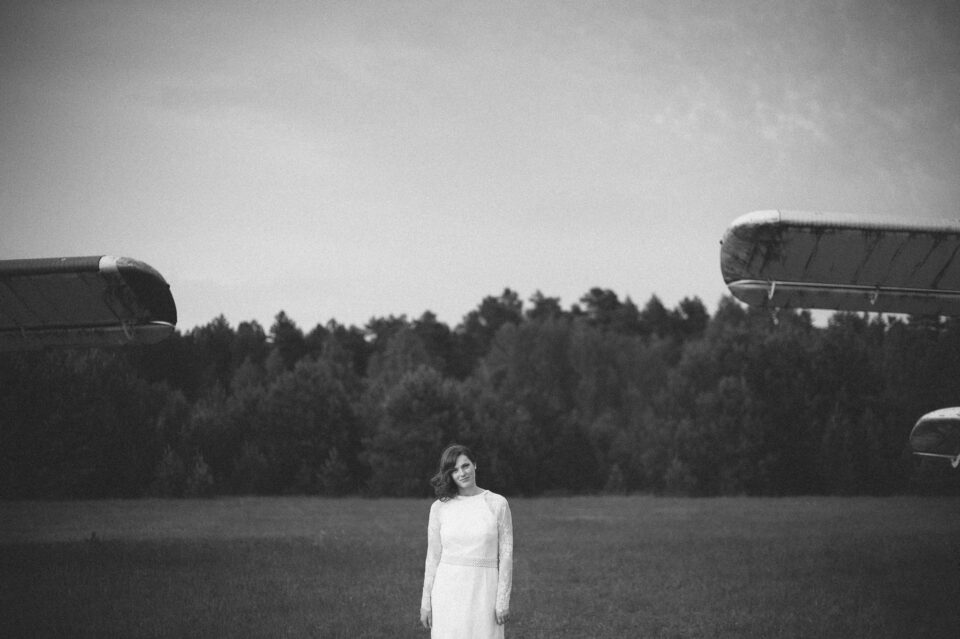
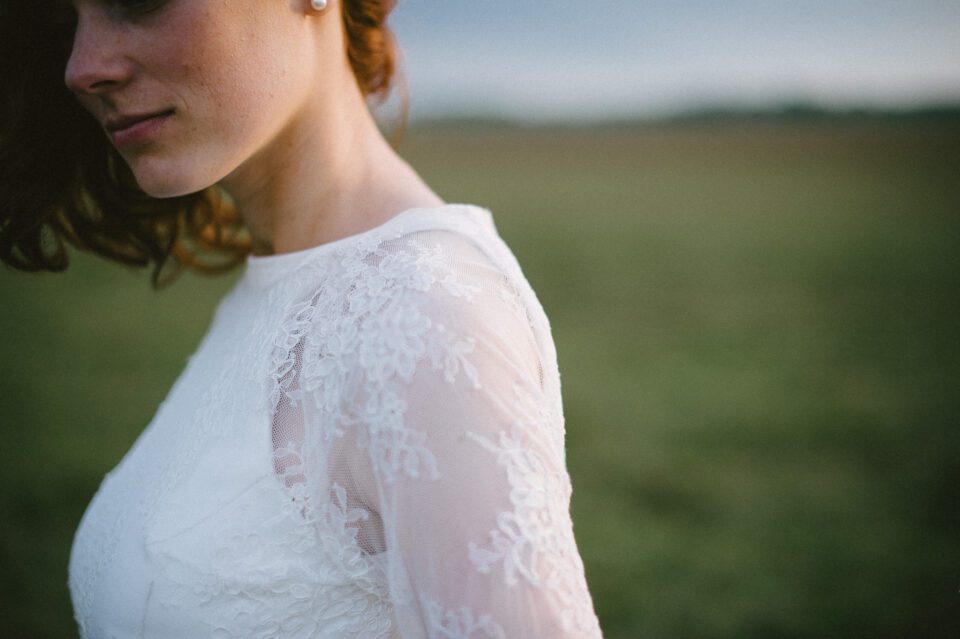
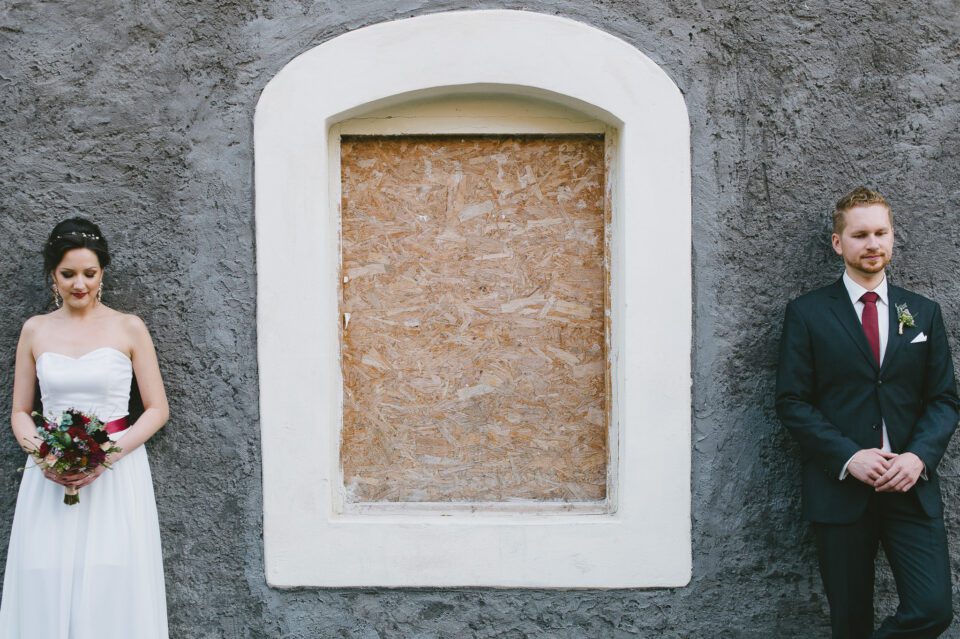
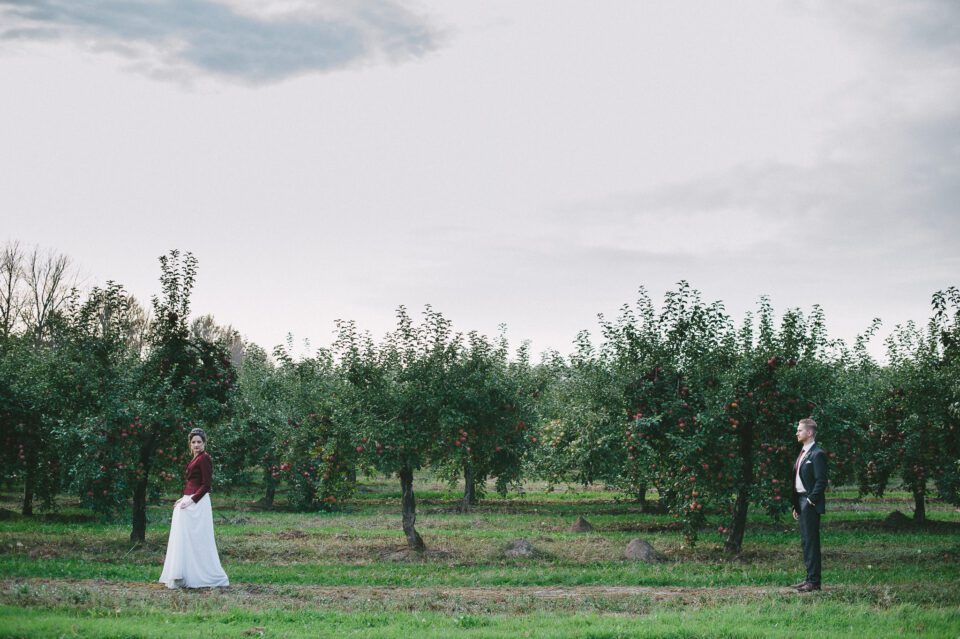
تعليق